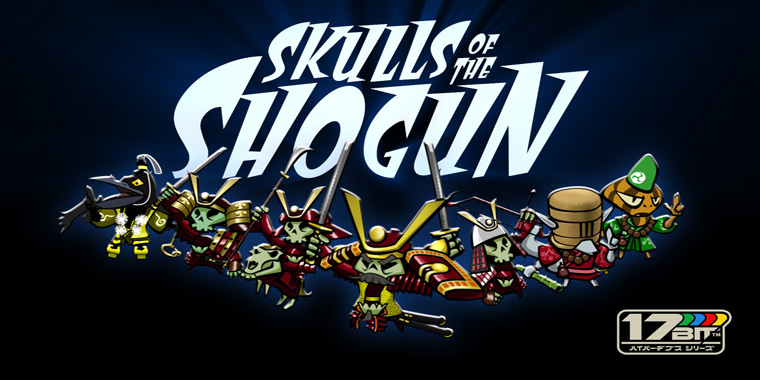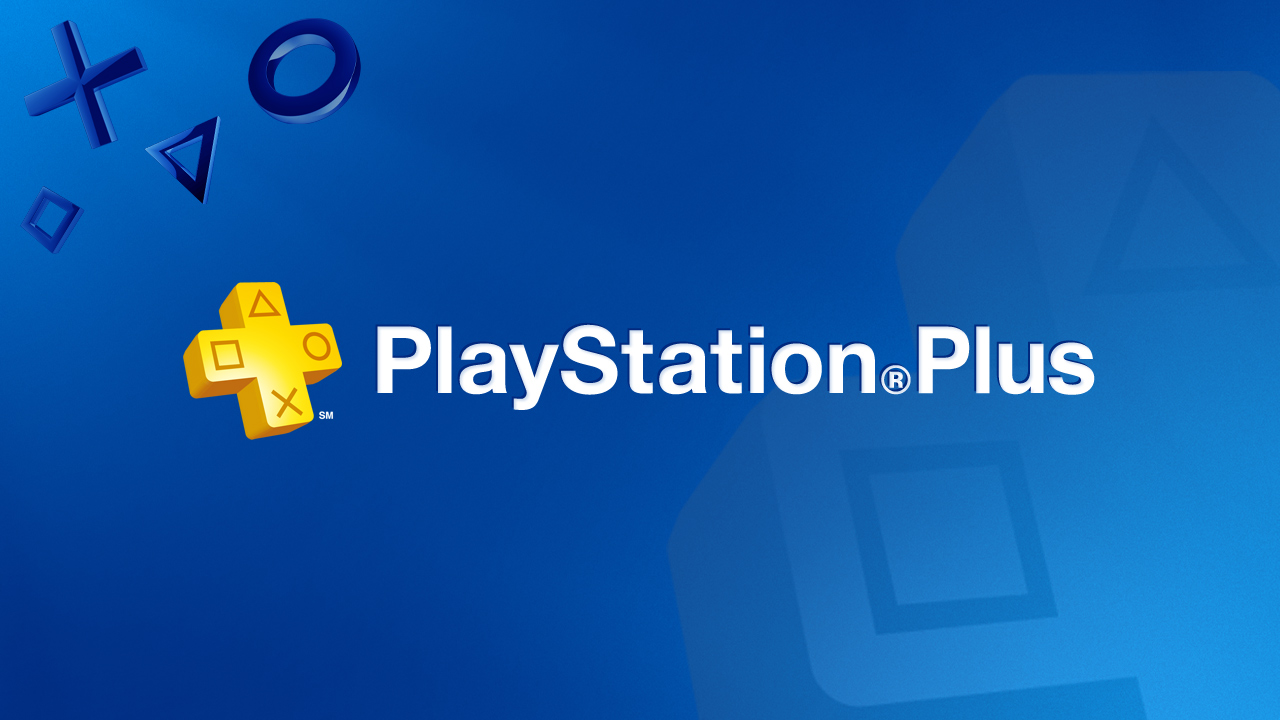
IndieCade East Spotlight: Galak-Z
Posted by Eric G on February 18th, 2014 | 1 Comment | Tags: 17-Bit , Galak-Z , IndieCade
This year’s IndieCade East was a good deal bigger than last year’s show. My first day in NYC was spent navigating train and subway maps in order to stumble upon the Museum of the Moving Image. I sat in on a few talks and played a bunch of games, but it wasn’t until day two when the show came alive.
I ran into Jake Kazdal from 17-Bit on the second day of the exposition. We found a table, plugged in his laptop, then got to playing a new(ish) build of Galak-Z. A lot has improved since I played it in August, including the sound design, the overall presentation, and the addition of a little-known term called procedurally generated content.
If you’ve played games in the last few years, chances are you’ve bathed in the glory of procedurally generated content. Basically, what that buzzword of all buzzwords means is content gets generated each time you play a game/level/mission as opposed to being designed once and remaining static. The result is theoretically infinite outcomes to how content is created, resulting in a theoretical rise in replayability. The focus is now placed on playing and adapting your unique outcome instead of memorizing a sequence of events, a level design, a boss fight, etc. Galak-Z now incorporates procedurally generated content, meaning each time you choose a mission, the layout of the stage (outer space, in this case) is somewhat different. Kazdal kept ensuring me that he wants the game to have a focus on combat as well as on that feeling of being panic-stricken and searching for a way out; what he aptly termed ‘the scramble.’ In playing through a couple of missions, I can confirm that both of those entities are in full force.
Question: What would this look like in 3D? Answer: Incredible.
The controls for Galak-Z were my main complaint back in August. This time around, I had little to no problem navigating my ship through rocky corridors and in and out of combat. To my surprise, Kazdal confirmed that the controls did not change at all, which proves that the learning curve can be overcome. The right trigger/shoulder buttons control your ship’s thrusters, L2 reverses, X shoots basic lazers, and holding O will paint enemies and blast them with missiles. It’s less of a twin-stick shooter than you might think at first. It’s also not as unforgiving as, say, Gravity Crash or games of that ilk; you can safely bounce into walls, etc. Again, the focus is on combat.
Galak-Z’s presentation will set it apart from other games of the genre. The entire thing oozes with a Saturday morning anime aesthetic. The graphics are bright, crisp, and mostly hand-drawn. Your HUD shows the main character in his ship near the lower left hand corner. Loading screens communicate things like “We’ll be right back after these messages!” Missions are carried out in an episodic structure, so when you finish a few missions in one episode, you can choose a new one. This choose your own adventure type of design will also be great for replayability.
Finally, what I found to be the coolest addition to the game is a dynamic soundtrack. There are a few different factions in the game: The Imperial, The Pirates, Native ‘Bugs’, allies, and maybe more. Each faction has its own track that fits into the music as a whole. For instance, when you’re floating around in space, you may only hear some atmospheric spacely tunes. When a Pirate approaches, that specific track will start fading in and playing in time with the rest of the music. If an Imperial joins the fray, all three tracks (spacely atmospheric tunes, Pirate, and Imperial) will play in unison. I love this idea, and its execution seems flawless thus far. I’m looking forward to Galak-Z now more than ever. Keep an eye out for it sometime later this year. Also, keep an ear out for the dubstep blasting shop; chances are you’ll need health and missile packs.











